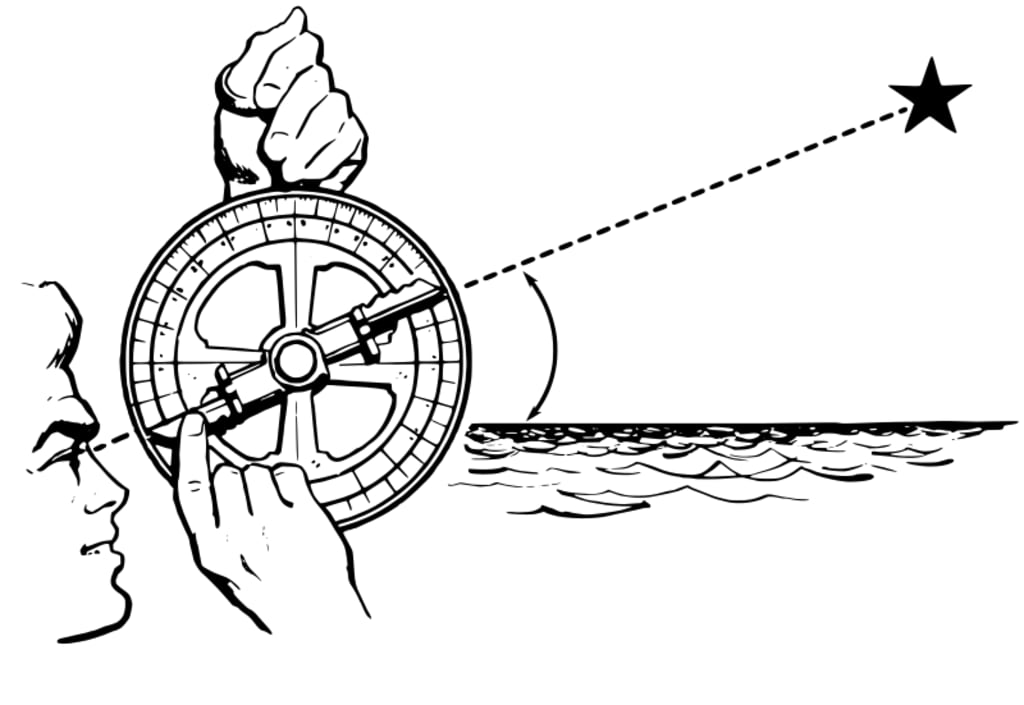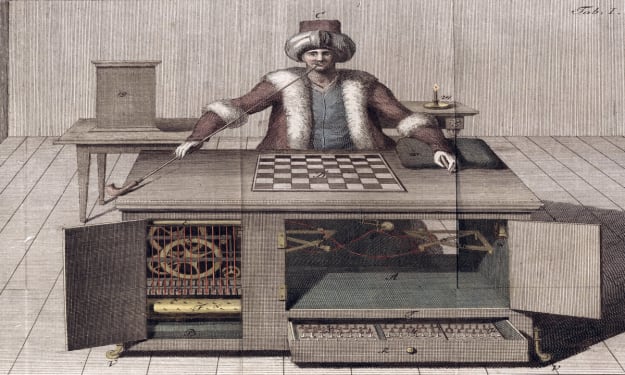
The astrolabe, an ancient instrument used for solving problems related to time and the position of the stars, has a rich history that spans multiple civilizations and thousands of years. It is a testament to human ingenuity and the desire to understand the cosmos. The story of the astrolabe encompasses its origins, development, and impact on navigation, astronomy, and culture.
Origins and Early Development
The origins of the astrolabe can be traced back to ancient Greece, with the earliest references appearing in the works of Hipparchus and Ptolemy in the 2nd century BCE. The word "astrolabe" itself comes from the Greek "astrolabos," meaning "star-taker." These early Greek models were primarily theoretical devices used to project the celestial sphere onto a flat plane, making it easier to understand the movements of the stars and planets.
The device consisted of a flat disk, called the mater, which held several movable components. The rete, a framework of pointers that represented prominent stars, rotated over a background plate marked with coordinate lines. This allowed users to model the apparent motion of the sky, predict star positions, and solve various astronomical problems.
The Islamic Golden Age
The astrolabe saw significant advancements during the Islamic Golden Age, roughly between the 8th and 14th centuries. Muslim scholars, building on Greek knowledge, refined and expanded the instrument's capabilities. They introduced innovations such as the universal astrolabe, which could be used at any latitude, and the planispheric astrolabe, which became the most common type.
One of the most prominent figures in this era was the Persian scholar al-Fazari, who is credited with constructing the first Islamic astrolabe. His work, along with that of others like Al-Battani and Al-Sufi, made the astrolabe an indispensable tool for astronomers and navigators. It was during this period that the astrolabe's use spread across the Islamic world and into Europe.
Medieval Europe
By the 10th century, the astrolabe had found its way to medieval Europe, where it was embraced by scholars and mariners alike. European scientists, such as Gerbert of Aurillac (later Pope Sylvester II), translated Arabic texts on the astrolabe into Latin, facilitating its wider use and understanding.
The astrolabe's applications were manifold. It was used to determine the time of day or night, find the altitude of celestial objects, and solve problems in surveying and triangulation. Its role in education was also significant, as it served as a teaching tool for astronomy and mathematics.
The Renaissance and Age of Exploration
The astrolabe reached the height of its utility during the Renaissance and the Age of Exploration. Navigators like Christopher Columbus and Vasco da Gama relied on the astrolabe to chart their courses across the oceans. Its ability to measure the altitude of the sun or stars allowed sailors to determine their latitude, a crucial aspect of open-sea navigation.
During this time, European instrument makers produced increasingly sophisticated and accurate astrolabes. The Portuguese were particularly renowned for their advancements in navigational technology, which included the mariner's astrolabe—a simplified version designed for use on the rolling deck of a ship.
Decline and Legacy
The advent of more advanced instruments, such as the sextant in the 18th century, eventually rendered the astrolabe obsolete for navigation. However, its impact on science and exploration endured. The astrolabe's design and functionality influenced the development of later astronomical instruments, and it remained a symbol of scientific inquiry and progress.
Today, the astrolabe is appreciated both as a historical artifact and a work of art. Many surviving examples, often ornately decorated, are displayed in museums and collections around the world. Modern enthusiasts and scholars continue to study and reconstruct astrolabes, exploring their use and significance in different historical contexts.
Conclusion
The story of the astrolabe is a journey through the history of human curiosity and ingenuity. From its origins in ancient Greece to its refinement in the Islamic world and its crucial role in the Age of Exploration, the astrolabe stands as a testament to our enduring quest to understand the cosmos. While no longer in practical use, its legacy lives on in the fields of astronomy, navigation, and the history of science, reminding us of the profound impact of this remarkable instrument on our understanding of the world and the universe.
About the Creator
Marveline Merab
“History never repeats itself. Man always does.”
― Voltaire
Enjoyed the story? Support the Creator.
Subscribe for free to receive all their stories in your feed. You could also pledge your support or give them a one-off tip, letting them know you appreciate their work.






Comments
There are no comments for this story
Be the first to respond and start the conversation.